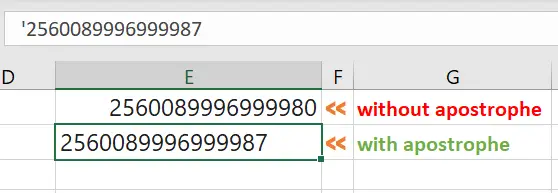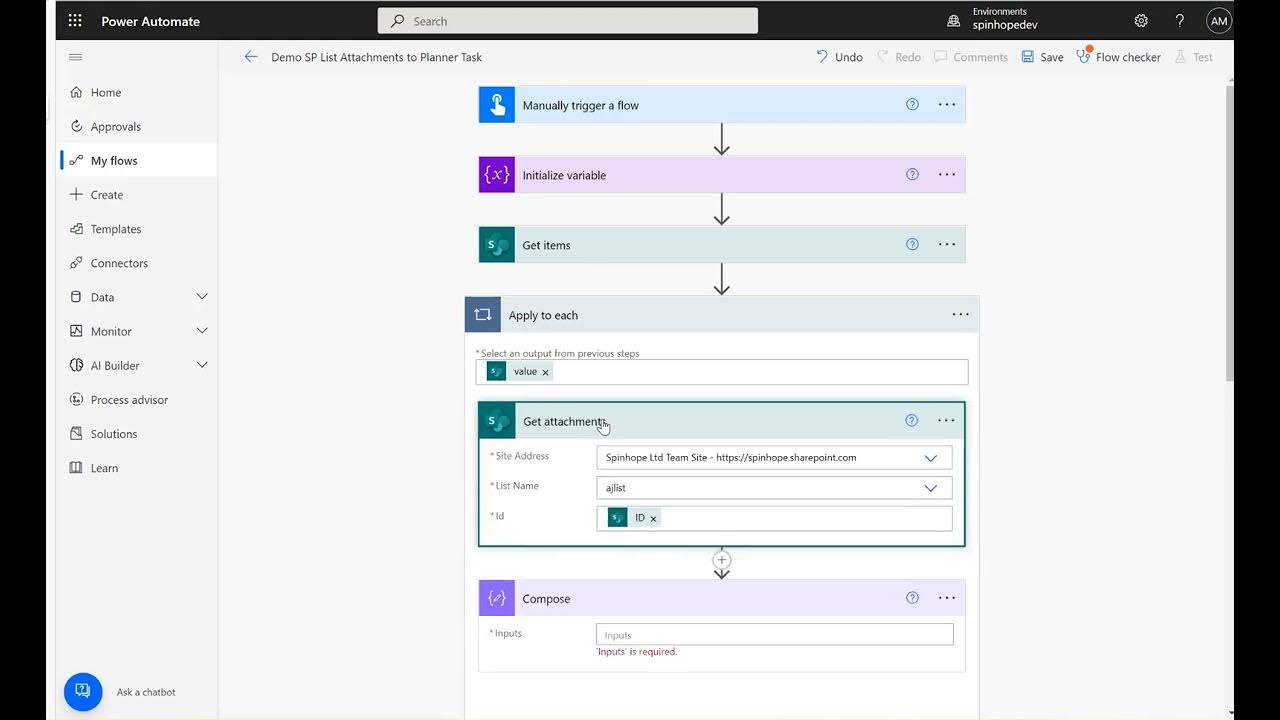3 Quick Fixes for Excel's Zero Glitch

Imagine you're working with a large dataset in Excel, and suddenly you encounter a peculiar issue—values that should be non-zero are inexplicably displayed as zeroes. This can be a frustrating glitch, especially when you need precise data for analysis or reporting. In this article, we'll delve into the world of Excel troubleshooting, exploring three quick and effective fixes to resolve this zero glitch.
Understanding the Zero Glitch

The zero glitch in Excel refers to a situation where certain values, typically numerical, are incorrectly displayed as zeroes despite being non-zero in the original data. This issue can arise due to various reasons, such as data corruption, formatting inconsistencies, or even complex formula errors. Regardless of the cause, it’s essential to address this problem promptly to maintain data integrity and accuracy.
Fix 1: Adjusting Cell Formatting

One of the simplest yet effective solutions to tackle the zero glitch is adjusting the cell formatting. Excel provides a wide range of formatting options, and sometimes, an incorrect format can lead to this display issue. Here’s a step-by-step guide to fixing the glitch through cell formatting:
Step 1: Select the Affected Cells
Start by selecting the cells or the entire range where the zero glitch is present. This selection ensures that any changes you make will be applied to the correct data.
Step 2: Access the Format Cells Dialog
Right-click on the selected cells and choose “Format Cells” from the context menu. Alternatively, you can use the keyboard shortcut Ctrl + 1 (or Command + 1 on Mac) to open the Format Cells dialog box.
Step 3: Modify the Number Format
In the Format Cells dialog, navigate to the Number tab. Here, you’ll find various categories of number formats. Select the appropriate format for your data. For instance, if your data contains decimals, choose “Number” and adjust the decimal places accordingly. If your data represents percentages, select the “Percentage” format. Ensure that the format you choose aligns with the actual data values.
Step 4: Preview and Apply
Excel provides a preview of the selected format in the dialog box. Ensure that the preview accurately represents the desired display of your data. If satisfied, click “OK” to apply the new format to the selected cells. Immediately, you should see the zero glitch resolved, and the correct values should be visible.
Fix 2: Auditing Formulas and Functions
If adjusting cell formatting doesn’t resolve the zero glitch, it’s time to delve into the world of Excel formulas and functions. Sometimes, complex formulas or incorrect function usage can lead to unexpected zero results. Let’s explore how to audit and correct these formula-related issues:
Step 1: Select the Cell with the Glitch
Begin by selecting the cell that displays the zero glitch despite containing a non-zero value. This selection will allow you to focus on the specific formula causing the problem.
Step 2: Activate the Formula Bar
Excel’s Formula Bar is your best friend when troubleshooting formulas. Ensure it’s visible by clicking on the cell or by pressing F2 on your keyboard. The Formula Bar displays the formula or function used in the selected cell.
Step 3: Audit the Formula
Examine the formula in the Formula Bar. Look for any potential errors, such as incorrect cell references, missing or extra brackets, or incorrect function syntax. Even a small typo can lead to unexpected zero results.
Step 4: Debug and Correct
If you identify an error in the formula, correct it directly in the Formula Bar. Excel provides handy features like AutoComplete and AutoCorrect to assist you in writing accurate formulas. Once you’ve made the necessary corrections, press Enter to apply the changes.
Step 5: Check for Circular References
Circular references occur when a formula refers to its own cell, creating an infinite loop. These can sometimes lead to zero results. To check for circular references, go to the Formulas tab in Excel’s ribbon and click on “Error Checking”. Excel will guide you through any identified circular references and provide options to resolve them.
Fix 3: Refreshing External Data Connections
In some cases, the zero glitch may arise due to issues with external data connections. If your Excel workbook relies on external data sources, such as databases or web queries, refreshing these connections can resolve the glitch.
Step 1: Identify External Data Sources
Scan your workbook for any cells or ranges that are linked to external data sources. These connections are often indicated by a small icon in the upper-left corner of the cell or by a data validation drop-down list.
Step 2: Refresh the Data Connection
Right-click on the cell or range with the external data connection and choose “Refresh” from the context menu. Alternatively, you can use the keyboard shortcut Ctrl + R (or Command + R on Mac) to refresh the data. Excel will establish a new connection to the external data source and update the values accordingly.
Step 3: Verify Data Accuracy
After refreshing the external data connection, verify that the zero glitch has been resolved. If the issue persists, it’s possible that the data source itself is experiencing problems. In such cases, contact the data source administrator or provider to investigate further.
Conclusion

The zero glitch in Excel can be a frustrating hurdle, but with these three quick fixes, you’ll be equipped to tackle it head-on. Whether it’s adjusting cell formatting, auditing formulas, or refreshing external data connections, these solutions will help maintain the integrity of your data and ensure accurate analysis. Remember, a little troubleshooting can go a long way in Excel!
What if adjusting cell formatting doesn’t fix the zero glitch?
+If adjusting cell formatting doesn’t resolve the issue, it’s time to delve into the formulas and functions. Check for errors in the formula syntax, incorrect cell references, or circular references. Excel provides tools like the Error Checking feature to help identify and resolve these issues.
Can the zero glitch affect my data analysis and reporting accuracy?
+Absolutely! The zero glitch can lead to inaccurate data analysis and reporting. When values are displayed as zeroes incorrectly, it can skew your insights and affect decision-making. That’s why it’s crucial to address this issue promptly to ensure data integrity.
How often should I refresh external data connections to prevent the zero glitch?
+The frequency of refreshing external data connections depends on the nature of your data. If the external data source is dynamic and frequently updated, consider setting up automatic refreshes. Excel provides options to schedule refreshes at regular intervals or even trigger them based on specific events.



